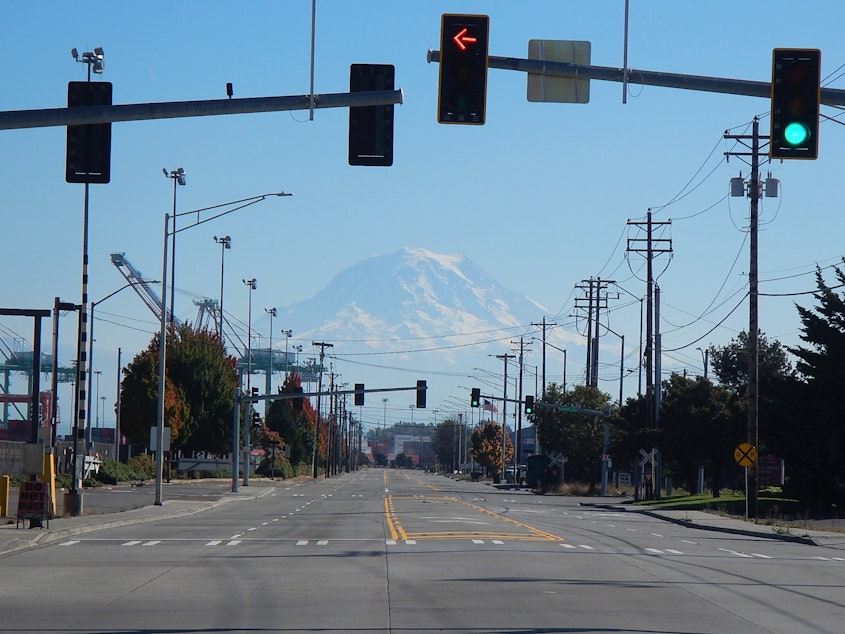The day the volcano meters went dark (because of the federal shutdown)

The five-week federal shutdown sent public servants to bread lines, disrupted services many Americans rely on and stalled key scientific research. It also, for several hours, exposed the Northwest to the remote but real risk of a volcanic eruption.
President Donald Trump announced Friday that he was ending the shutdown, but he threatened to shut the government down again in three weeks if Congress does not fund a wall along the U.S.-Mexico border.
On Jan. 5, real-time seismometer data from three Northwest volcanoes went dark, and there was no one around to figure out what went wrong.
The breakdown included Mount St. Helens, Mount Rainier and Mount Hood according to Paul Bodin, a University of Washington seismologist who manages the Pacific Northwest Seismic Network.
The network is a collaboration between UW, the University of Oregon and the U.S. Geological Survey, an agency of the U.S. Department of the Interior. Its 300 sensor stations around the Northwest detect earthquakes and other rumblings of the earth’s crust and magma.
In short, the university-government partnership keeps watch on the earthquakes and volcanoes that could bring the Northwest to its knees.
Bodin said about half the people who work on the network were sidelined by the shutdown.
On that Saturday when the volcano data went dark, a computer network or router apparently broke down near the main West Coast office of the U.S. Geological Survey in Menlo Park, California. The Northwest’s seismic data runs through that office.
“That computer network was interrupted, and we weren’t getting data for about five to six hours,” Bodin said.
For those hours, our region was nearly blind to what was happening inside our backyard volcanoes. (Data from seismometers away from the volcanoes was still getting through the network.)
Bodin said, normally, such a problem would be fixed in about 10 minutes.
But like many federal agencies, the USGS was down to a skeleton crew of staff deemed "essential" during the shutdown. Everyone in the USGS Seattle office was furloughed.
Bodin said it took time to track down someone in Menlo Park who was available to find and fix the problem. He's still not sure exactly what happened since USGS staff have yet to return to work.
“We were fortunate there was no volcanic activity during that time, so the impact to the general public was nil,” Bodin said.
Bodin said the network is supposed to receive federal grants on Feb. 1 to get an earthquake early warning system up and running for the Northwest, similar to the system California has.
He said on Thursday that even if the shutdown ended immediately, he expected those grants and the Northwest’s early warning system would probably be delayed.




